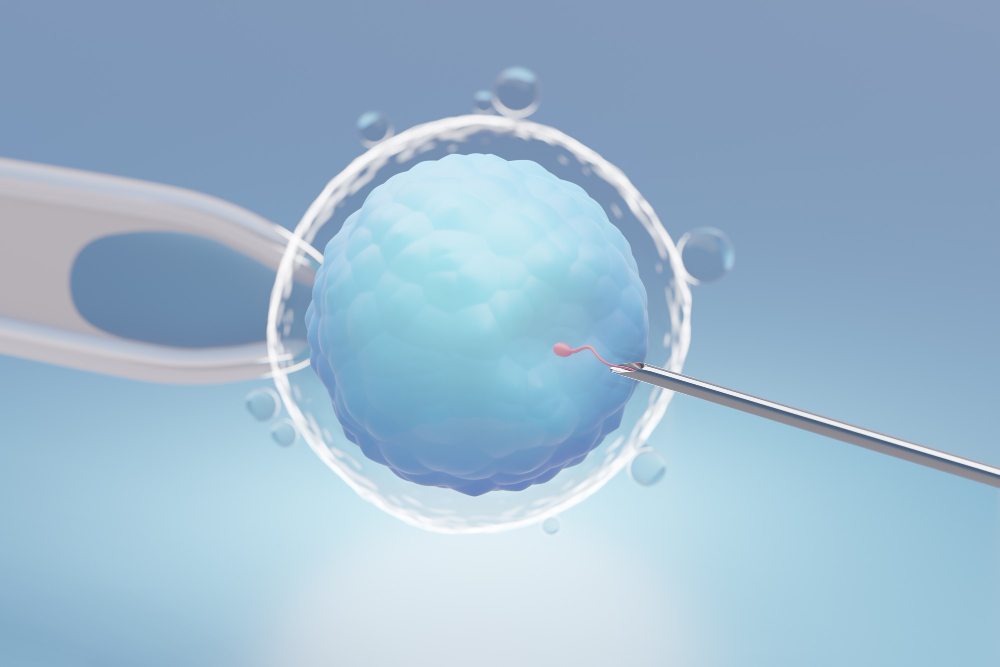Laser-Assisted Hatching

Laser-assisted hatching (LAH) is a technique used during in vitro fertilization (IVF) to enhance the chances of embryo implantation by creating a small opening in the outer shell of the embryo, known as the zona pellucida. This procedure is typically performed immediately before embryo transfer into the uterus. Here’s an overview of laser-assisted hatching:
Process of Laser-Assisted Hatching:
Embryo Selection:
- Embryos are selected for laser-assisted hatching based on criteria such as embryo quality, stage of development, and the presence of a thick or hardened zona pellucida.
Laser Procedure:
- A specialized laser device is used to create a small opening or thinning in the zona pellucida of the selected embryos.
- The laser beam is precisely targeted to the zona pellucida under microscopic guidance, allowing for controlled and precise hatching without damaging the embryo.
Embryo Transfer:
- Following laser-assisted hatching, the treated embryos are transferred into the woman’s uterus using a thin catheter, typically on the same day as the procedure or shortly afterward.
Reasons for Laser-Assisted Hatching:
Advanced Maternal Age: Women of advanced maternal age (typically over 35 years) may have thicker or hardened zona pellucida, which can impede the embryo’s ability to hatch and implant.
Poor Embryo Quality: Embryos with a thick or abnormal zona pellucida may have lower implantation potential, and laser-assisted hatching can help improve their chances of successful implantation.
Previous IVF Failures: Couples who have experienced multiple failed IVF cycles may benefit from laser-assisted hatching to enhance embryo implantation rates.
Frozen Embryo Transfer: Thawed embryos from frozen embryo transfer cycles may have a thicker zona pellucida due to cryopreservation, making laser-assisted hatching beneficial for improving implantation rates.
Benefits of Laser-Assisted Hatching:
Improved Implantation Rates: By facilitating the embryo’s ability to hatch and implant in the uterine lining, laser-assisted hatching can enhance the chances of successful pregnancy.
Enhanced Embryo Viability: Laser-assisted hatching may improve the viability of embryos with a thick or abnormal zona pellucida, increasing their potential for successful development and pregnancy.
Personalized Treatment: Laser-assisted hatching allows for personalized treatment tailored to the specific needs of each patient, optimizing their chances of achieving a successful pregnancy.
Considerations:
Expertise and Experience: Laser-assisted hatching requires specialized equipment and expertise in embryology and laser technology to ensure precision and safety.
Risk of Damage: While laser-assisted hatching is generally considered safe, there is a risk of damage to the embryo if not performed correctly. Therefore, it should only be performed by experienced embryologists.
Cost: Laser-assisted hatching may incur additional costs as part of the IVF treatment cycle, and patients should consider the financial implications when opting for this procedure.
Laser-assisted hatching is a valuable technique in assisted reproductive technology, offering couples undergoing IVF treatment an additional option to improve their chances of achieving a successful pregnancy.
